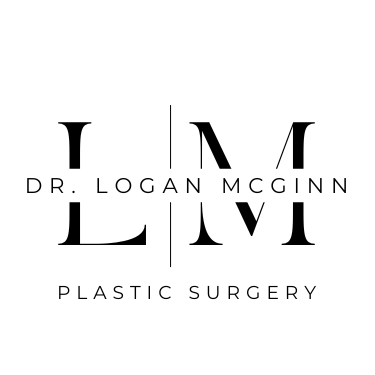Fat Transfer to Body
Our bodies naturally have regions where fat accumulates more easily and other areas where volume may decrease or deflate over time. This distribution can sometimes make us feel a bit out of balance, perhaps making our jeans fit oddly or leaving us longing a fuller, more sculpted look in certain areas. Fat transfer (autologous fat grafting), leverages the body’s natural resources to help balance and enhance your figure. Instead of resorting to artificial fillers or implants, why not use what the body already has? The appeal of this procedure lies not just in the enhancement of the target area but also in the slimming of the donor site from which the fat is harvested. It offers a dual benefit – removing unwanted fat from areas like the abdomen or thighs and using it to add volume and shape to other parts of the body, such as the buttocks or even depressions resulting from scars or previous surgeries. For many, this approach resonates with their desire for a more natural surgical option.
Are you ready to make an appointment?
How a Fat Transfer to Body works
The procedure begins by harvesting fat from a donor area – typically a region with an excess fat deposit. This is done through a gentle liposuction process, ensuring the fat cells remain viable. Once extracted, the fat undergoes a purification process where impurities, dead cells, and other debris are removed. This leaves behind healthy fat cells ready for transplantation. The purified fat is then meticulously injected into the target areas, layer by layer, to achieve a natural and harmonious contour.
Recovery is generally straightforward, with some swelling or bruising expected in both the donor and recipient areas. As the body heals, it will naturally integrate the transferred fat cells, allowing them to thrive in their new location. With proper care and attention to post-operative guidelines, the results can be long-lasting, offering a refreshed and balanced body silhouette.
Surgery length
1-3 hours
Anaesthesia
Local freezing and sedation or general
Hospitalization
No overnight stay required
Risks
Temporary swelling, bruising, some pain, bleeding, infection, incomplete improvement, contour irregularity, under or overcorrection
